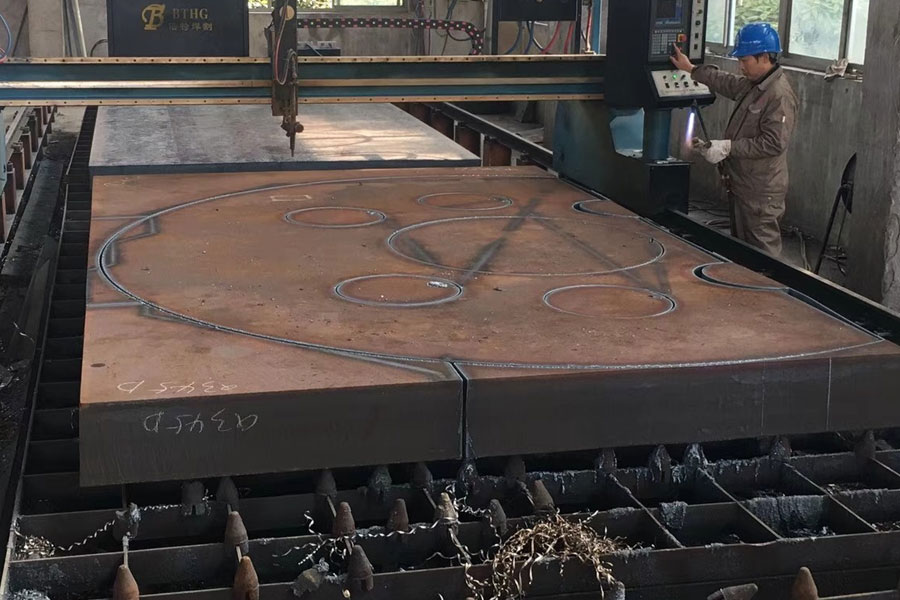Aluminum alloy precision parts and products are popular because of their light weight and exquisite appearance, and are increasingly used in industrial and daily necessities. The better the craftsmanship of aluminum alloy products, the more they will be favored by people, the greater the market demand and the higher the benefit. With the increasing demand for product diversity, aluminum housing cnc processing is one of the very good processing methods of current aluminum alloy housing products. Many aluminum casing cnc processing enterprises have higher and higher requirements for product processing, so what skills do you need to know in the process of aluminum casing cnc processing?
1. Control system instructions
The CNC machining control system can logically process the program specified by the control code or other symbolic instructions, and decode it through the computer, so that the machine tool operates and processes the parts. The blanks are processed into semi-finished finished parts etc. through tool cutting.
2. Cutting method
CNC cutting is a processing method that makes the cutting process more rational, and is also a common process for precision machining of aluminum alloys. It uses end mills with multi-directional cutting functions, spiral cutting interpolation, and contour cutting interpolation. Of the tool for machining a small number of holes.
For high-efficiency aluminum alloy cutting, the material to be processed, cutting tools, and cutting conditions are the three major elements. These determine the processing time, tool life and processing quality. The economical and effective processing method must be a reasonable choice of cutting conditions.
Three elements of cutting conditions: cutting speed, feed rate and cutting depth directly cause tool damage. As the cutting speed increases, the tool tip temperature will rise, and mechanical, chemical, and thermal wear will occur. Cutting speed increased by 20%, tool life will be reduced by 1/2.
The relationship between the feed conditions and the wear on the back of the tool occurs within a very small range. However, the feed rate is large, the cutting temperature rises, and the rear wear is large. It has less influence on the tool than the cutting speed. Although the depth of cut has no effect on the cutting tool and the feed rate is large, when cutting at a small depth of cut, the hardened layer of the material being cut will also affect the life of the tool.
The user should select the cutting speed to be used according to the processed material, hardness, cutting status, material type, feed rate, cutting depth, etc. The selection of suitable processing conditions is selected on the basis of these factors. Regular, stable wear and tear to reach the life is the ideal condition.
In actual operation, the choice of tool life is related to tool wear, dimensional changes to be processed, surface quality, cutting noise, processing heat, etc. When determining the processing conditions, it is necessary to study according to the actual situation. For hard-to-machine materials such as stainless steel and heat-resistant alloys, coolant or rigid blades can be used.
3. Master the painting skills of processing technology
Choose a reasonable amount of cutting, the staff chooses the cutting speed to use according to the material to be processed, hardness, cutting status, type of material, cutting depth, etc. These conditions are necessary to effectively reduce machine wear.
Choose the right tool. When roughing, generally speaking, it is better to choose a tool with high strength and durability, so that it can better meet the requirements of roughing.
Choose a reasonable fixture. The parts should fully meet the needs of the machine to reduce unnecessary positioning errors, so it is better to choose special fixture clamping tools.
Determine a reasonable swiss machining route. Shorten the machine processing route as much as possible to reduce machine wear.
